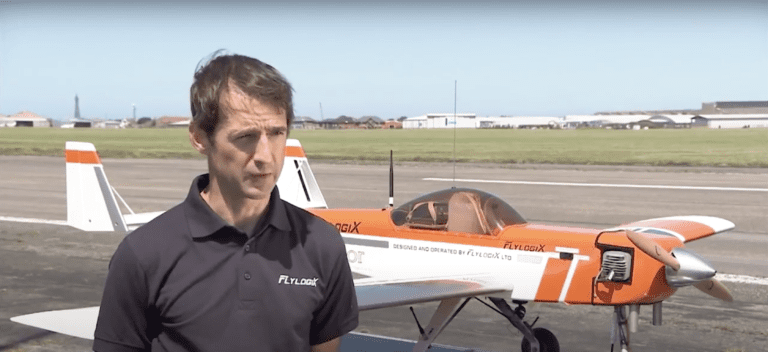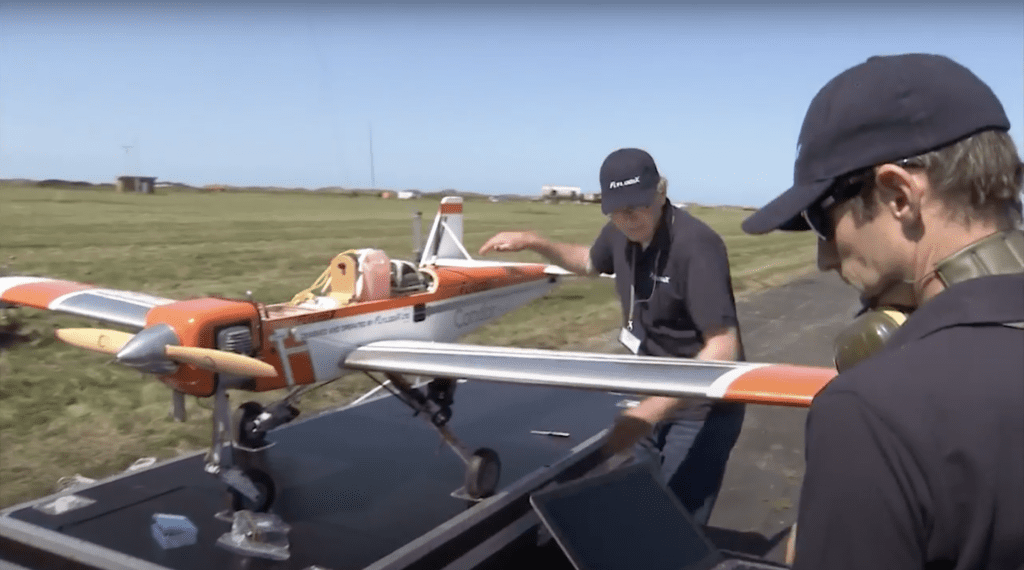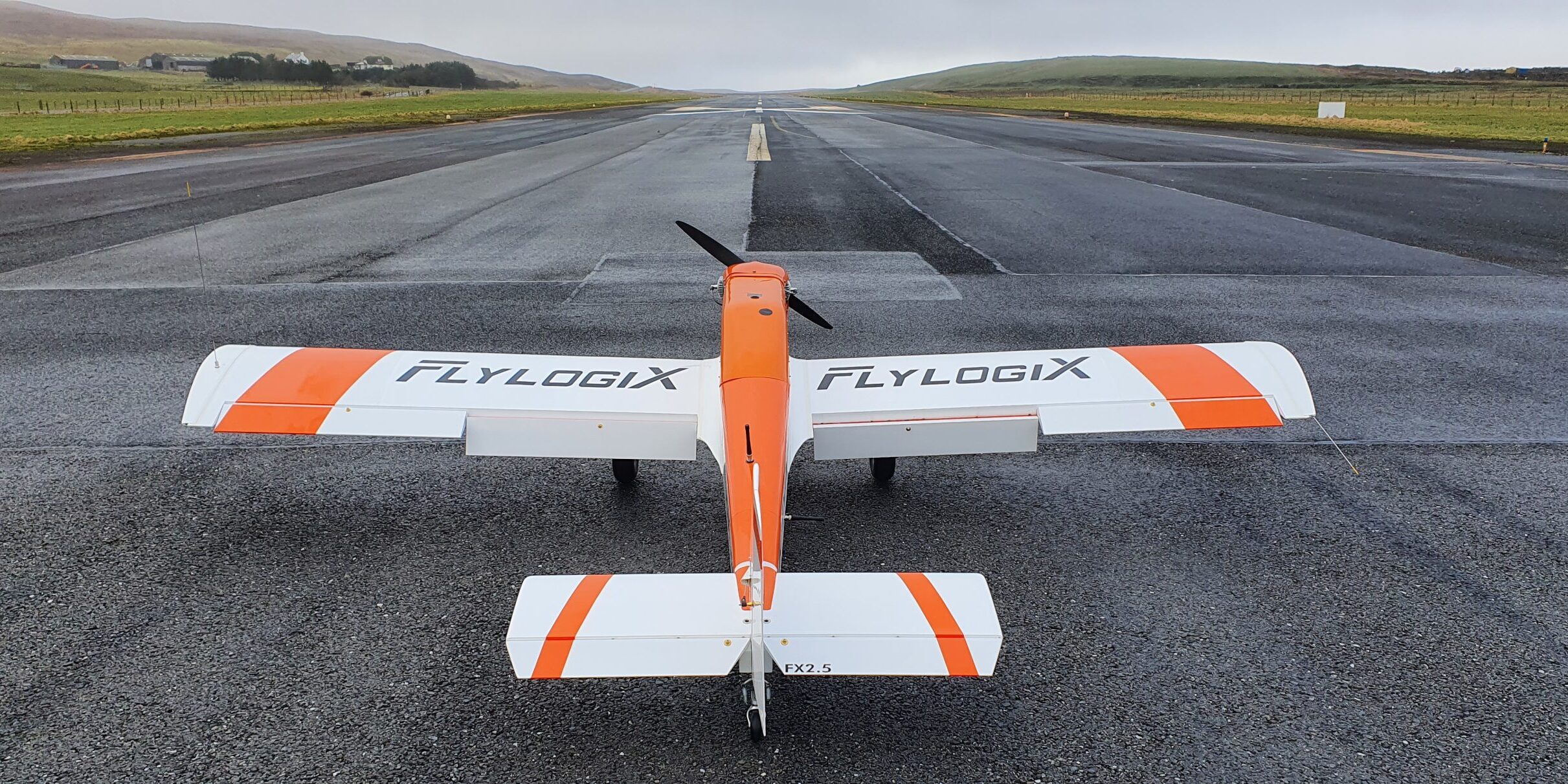Flylogix chairman Charles Tavner recalls the conversations with Colette Cohen OBE – then a senior executive at Centrica, now the CEO of the Net Zero Technology Centre – that spurred him to plough through 150 pages of Civil Aviation Authority regulations and lay the foundations for Flylogix to get unmanned flights off the ground…
“Back in 2015, sitting on the UK Technology Board alongside Colette, there was a lot of talk about drones being the next big thing in offshore tech, but it seemed to be accepted wisdom that you were not allowed to fly beyond the ‘line of sight’ – a range of three to four miles in other words. So, a drone inspecting an oil platform off Aberdeen would actually be transported there by a combination of boat and helicopter – hardly the way to make savings, whether financial or environmental.”

As someone rooted in market economics, Charles had been sceptical of quangos and regulatory bodies, but the presence of Colette on the UK Technology Board, “someone who could balance out a role as senior VP at Centrica, with a real open-mind about technology and the role of government in inspiring innovation” was encouraging. So too, the Civil Aviation Authority. “As it transpired, there was nothing within the CAA regulations that said you cannot fly over the line of sight. Their advice to me was to not fight the rules, but to develop a system within them.”
From those initial conversations it took another two years to get Flylogix off the ground, but by summer 2017 the company was ready to fulfil Charles’ side of the token £1 bet that had been agreed with Colette – to run an inspection mission of a Centrica asset using an unmanned aviation vehicle.

The Condor RPAS – “built in Mike Perrett’s front-room, much to the irritation of his wife”, flew a round trip of 54.5 miles from Blackpool Airport to Centrica’s DP3 platform in the South Morecambe Field – the longest commercial drone flight at the time.
“It was a slog, of course, raising funding, developing the technology, and hauling the huge pump-up masts that we needed initially to maintain communications contact over the horizon. But the really amazing thing was how positive and helpful everyone was, including bodies that I wouldn’t have associated with that pioneering spirit. The CAA, Blackpool Airport, BAA Systems were all encouraging and supportive.”
“A lot of groups had talked about ‘beyond line of sight’ drones, but people seemed to assume that there would be barriers all the way. We just went out and got on with it, working within the rules and telling offshore businesses that we could deliver services they want and nobody needs to go offshore at all – less cost, less risk, less environmental impact. And that really became our calling card as a business, and enabled us to get support from the likes of BP, Total, Equinor.”
”we could deliver services they want and nobody needs to go offshore at all – less cost, less risk, less environmental impact. And that really became our calling card as a business, and enabled us to get support from the likes of BP, Total, Equinor.
“The genesis of Flylogix, of turning it from a paper idea to a reality was the conversation with Colette, and the catalyst for that conversation was the UK Technology Board, a government/industry venture. I hope that, as Flylogix evolves, we continue to challenge preconceived ideas about what is possible, in the same way as many of the people in those early stages challenged mine.”
With The Economist reporting that the UAV market will exceed £30 billion by 2025 and Flylogix leading the way in the UK, the £1 wager and the marathon reading sessions appear to have been time and money well spent.





